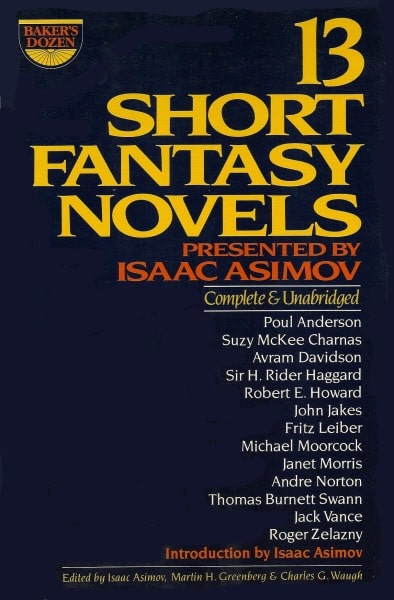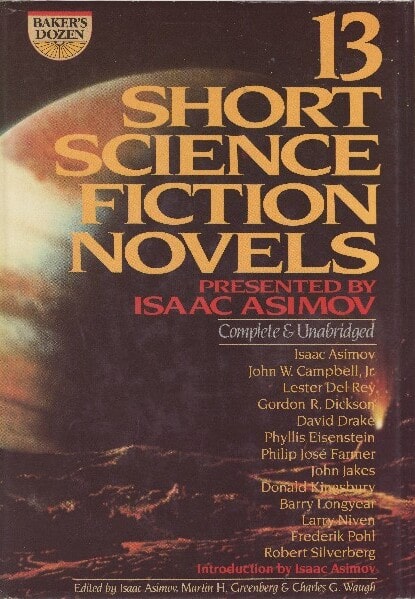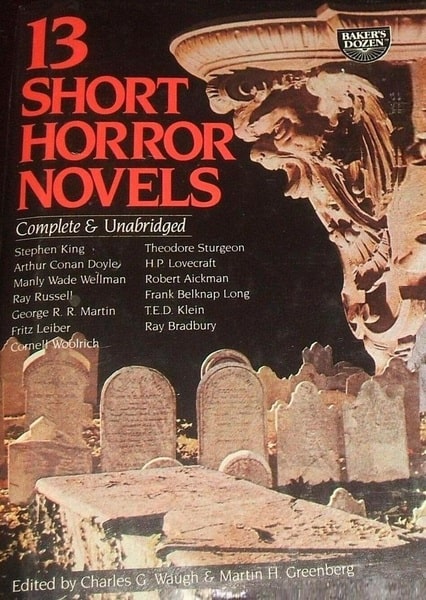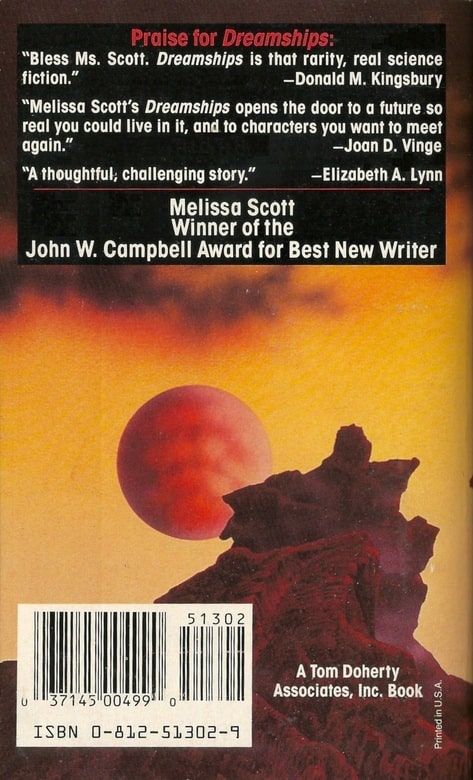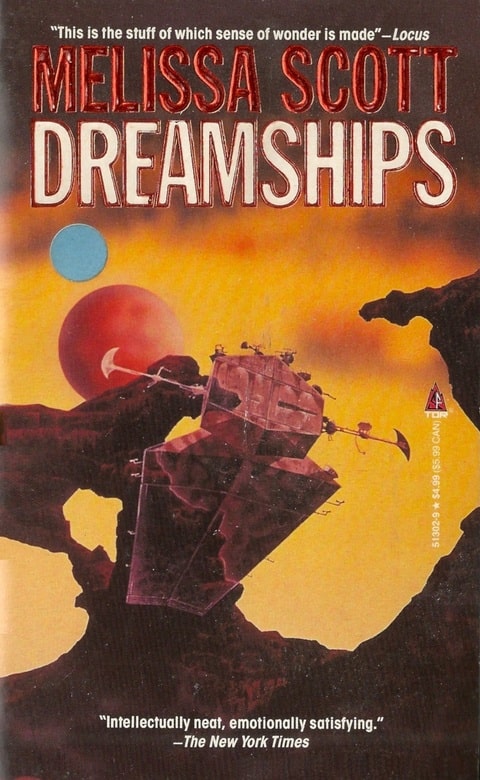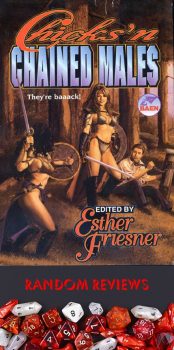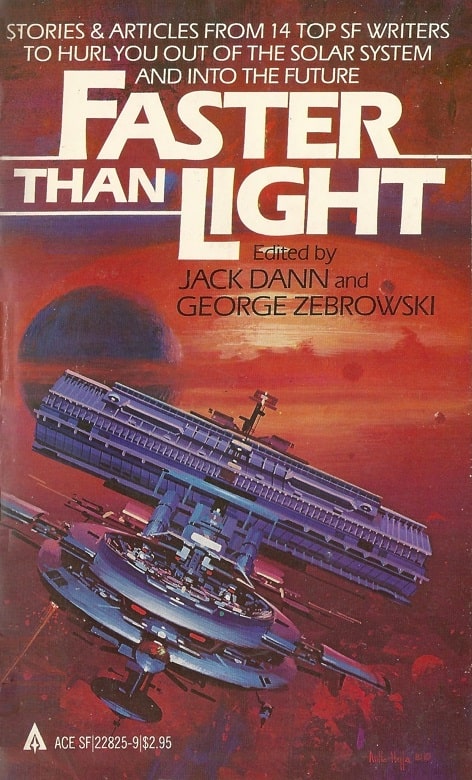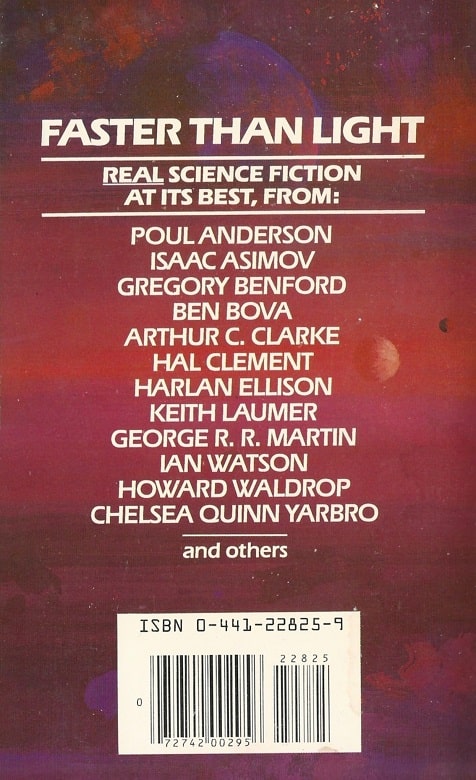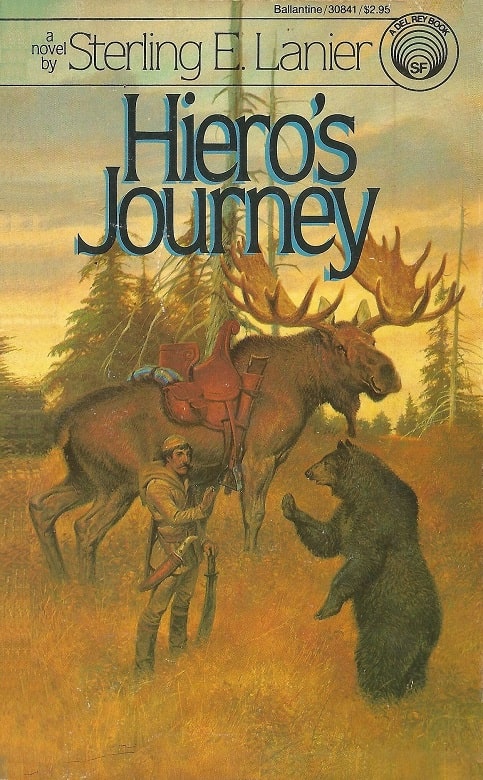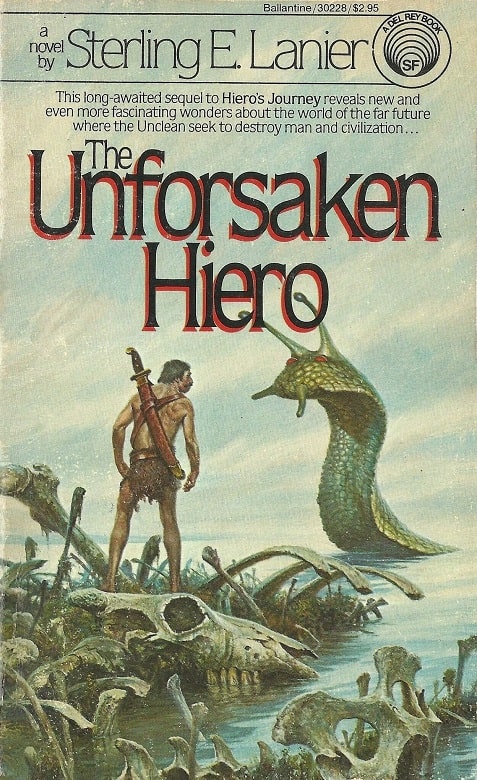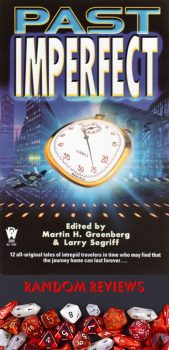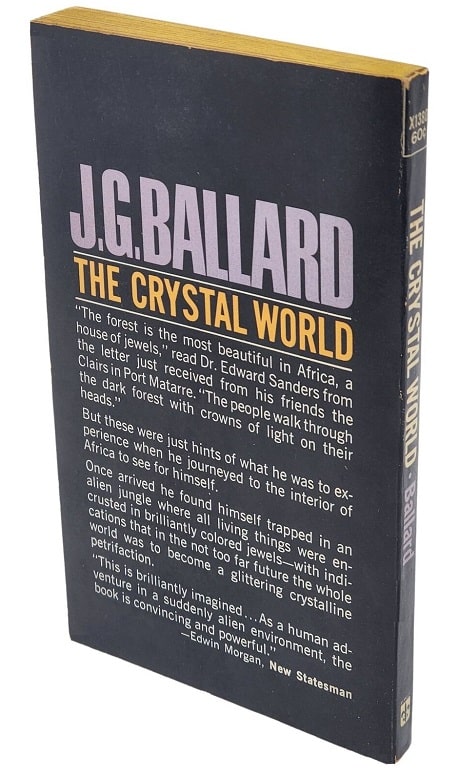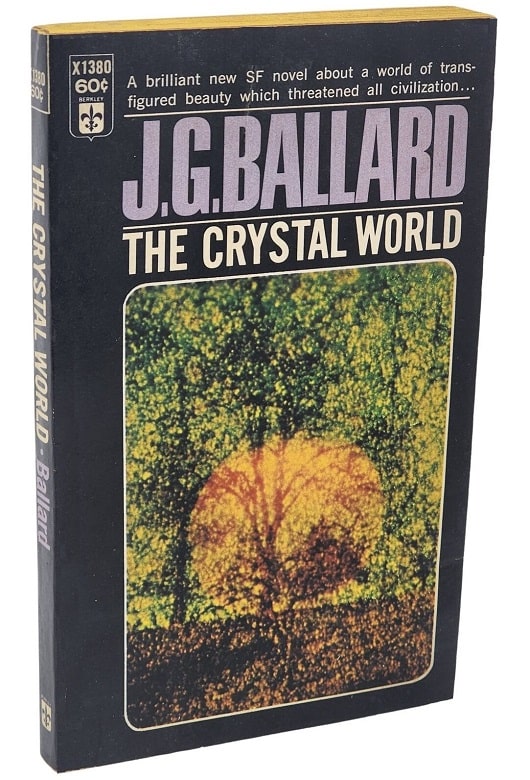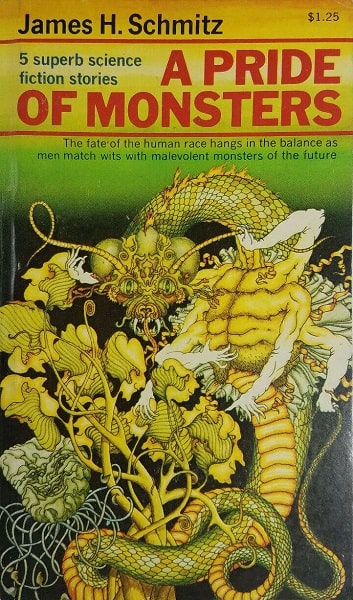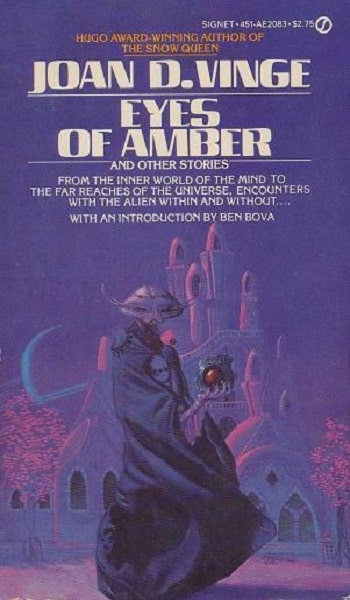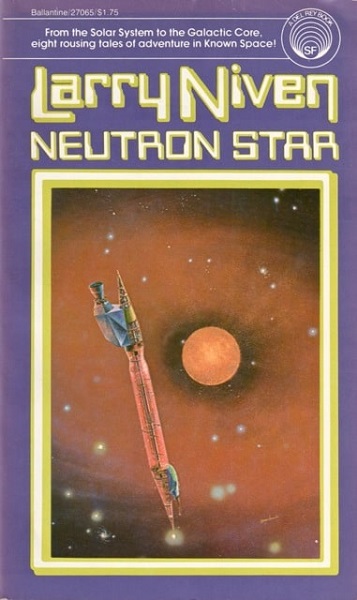Changes in Genre Evaluations: Stanley G. Weinbaum
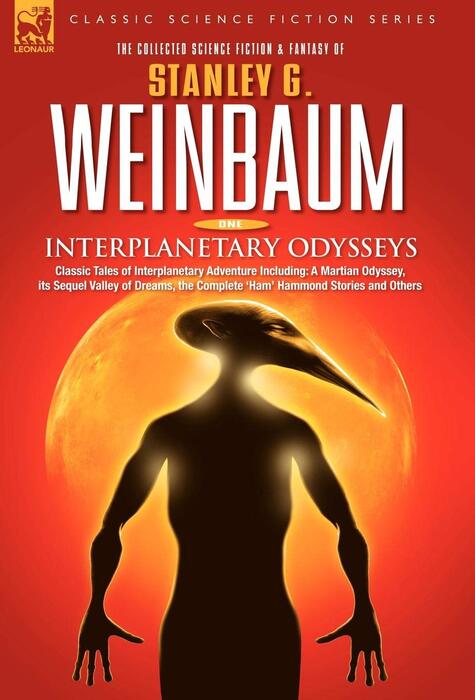 |
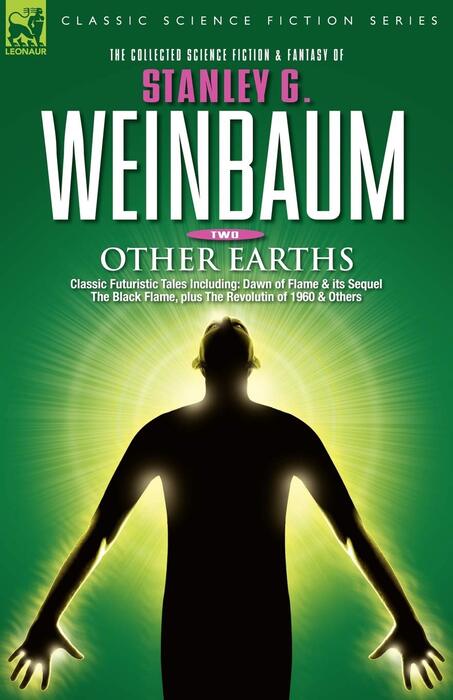 |
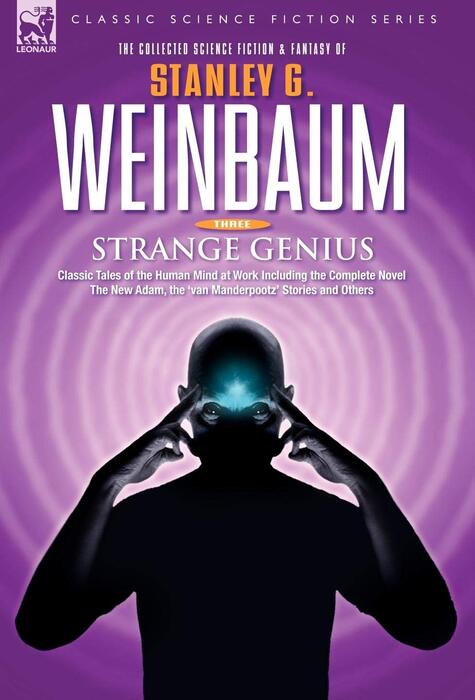 |
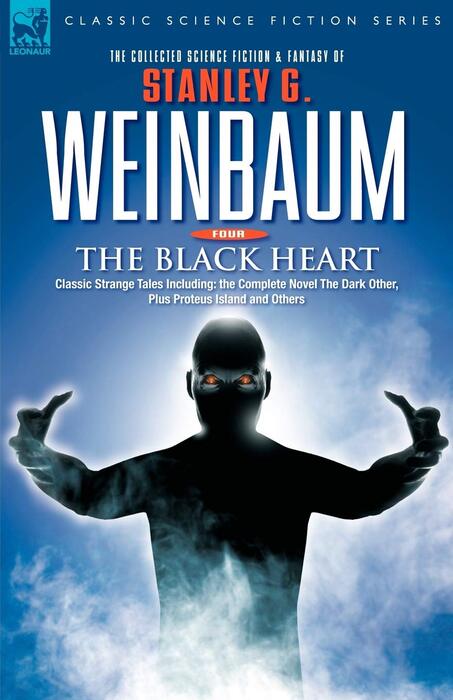 |
The Collected Science Fiction & Fantasy of Stanley G, Weinbaum, in four volumes:
Interplanetary Odysseys, Other Earths, The Black Heart, and Strange Genius (Leonaur, April 20006)
Isaac Asimov felt that Stanley G. Weinbaum (4 April 1902 — 19 Dec 1935) deserved to name an entire era in science fiction. The writer died at 33 of throat cancer — though how he got it no one can guess.
These four books which I got because, at least when I was young, titles like “The Black Flame” intrigued me and I’d certainly enjoyed stories like “A Martian Odyssey.” Today it makes one wonder what the rest of the genre was like, or whether his popularity was simply the personal preference of a very brilliant reader and writer in our genre.
